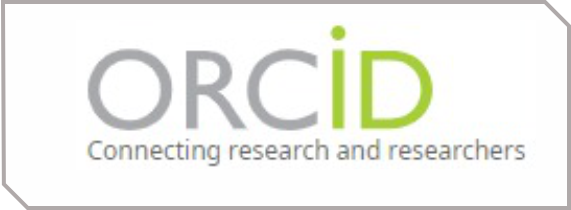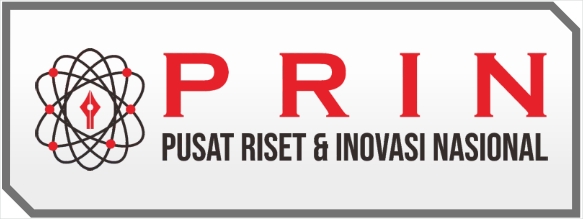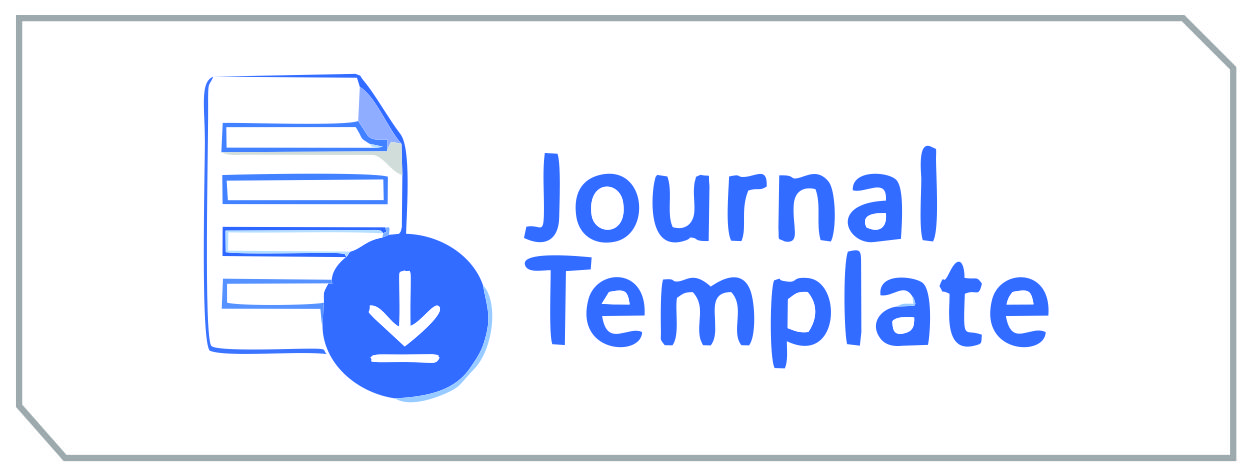Perkembangan Perdagangan Islam di Nusantara pada Masa Lampau dan Kontemporer
DOI:
https://doi.org/10.55606/jurrafi.v3i1.2179Keywords:
Islamic Trade, MovementAbstract
Islamic trade in Indonesia from pre-independence to contemporary times reflects various features, including nationalist missions, religious solidarity and Islamization. The pre-independence period was marked by nationalist and religious sentiments as a response to discriminatory Dutch colonialism. Religious solidarity is used to inspire unity and independence. After independence, the Islamic trade movement focused more on capitalizing religious organizations for the welfare of the people and da'wah. In the 1990s, the spirit of Islamization strengthened, influenced by the difficulty of access to trade resources and the search for Islamic identity amidst foreign domination. The BMT Movement, Islamic Banks, and Islamic philanthropic institutions responded to this phenomenon, prioritizing empowerment and community education. The phenomenon of the Indonesian trade movement is related to socio-political factors, such as the Dutch East Indies political system and the strength of non-indigenous trade. Islamic trade movements can be classified into two types: the pre-independence period, characterized by religious nationalism in business competition with non-indigenous groups; and post-independence, involving the consolidation of religious groups such as Muhammadiyah and NU, as well as the establishment of BMT and ZISWAF institutions. Islamic trade routes in the archipelago in the past included coastal areas, especially via sea routes which influenced the archipelago as an international trade center. The research method used is a qualitative Library Research approach with a historical-descriptive method. The research results show that the Islamic trade movement is developing in line with social and political dynamics in Indonesia.
References
Alimuddin, & Ruslan, M. (2021). Ideologi Akuntansi Islam. Depok: Rajawali Pers.
Azis, M. N. I. (2023). Menemukan Islam di Minahasa: Islamisasi dalam Jaringan Rempah Nusantara. Historia Islamica: Journal of Islamic History and Civilization, 2(1), 1–15.
Djirimu, M. A., & Tombolotutu, A. D. (2023). Dinamika Ekonomi Politik Internasional. Yogyakarta: Deepublish.
Iskandar, I., & Firdaus, D. W. (2020). Pemikiran Deliar Noer Mengenai Gerakan Islam Modern Indonesia 1900-1942. Jazirah: Jurnal Peradaban Dan Kebudayaan, 1(1), 16–38.
Khusairi, A. (2019). Organisasi Massa Islam Awal Abad 20; Telaah terhadap Perjalanan Gerakan Sarekat Islam. Hikmah, 13(2), 241-258.
Moslem, H. (2023). Analisis Deskriptif Pemikiran Ekonomi Islam Kontemporer di Indonesia. Taraadin: Jurnal Ekonomi Dan Bisnis Islam, 3(1), 30–55.
Muhammad, F., & Ahmad, B. (2021). Fikih Bisnis Syariah Kontemporer. Jakarta: Prenada Media.
Nasution, F. (2020). Kedatangan dan Perkembangan Islam ke Indonesia. Mawa Izh Jurnal Dakwah Dan Pengembangan Sosial Kemanusiaan, 11(1), 26–46.
Puri, N. Y., & Amaliah, I. (2021). Pengaruh Inflasi, Suku Bunga, PDB, Nilai Tukar dan Krisis Ekonomi terhadap Neraca Perdagangan Indonesia Periode 1995-2017. Bandung Conference Series: Economics Studies, 1(1), 9–19.
Umam, L. K. (2020). Sejarah Perkembangan Ilmu dari Klasik Hingga Kontemporer. Kalam: Jurnal Agama Dan Sosial Humaniora, 8(2), 27–60.
Downloads
Published
How to Cite
Issue
Section
License
Copyright (c) 2023 Jurnal Riset Rumpun Agama dan Filsafat

This work is licensed under a Creative Commons Attribution-ShareAlike 4.0 International License.
















